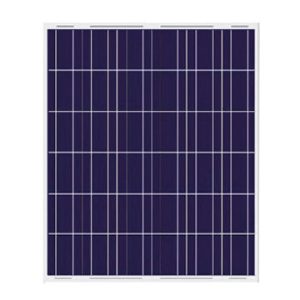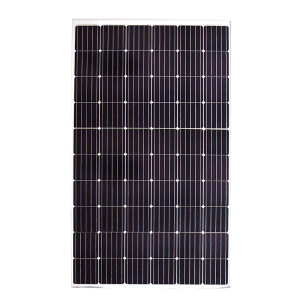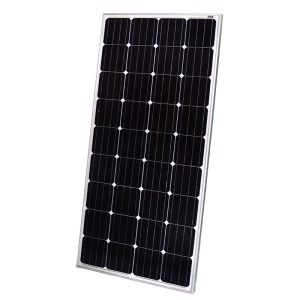Solar power is an excellent way to harness renewable energy for off-grid applications like RVs, boats, cabins, and more. Even a small 5 watt (5W) solar panel can be handy for trickle charging a 12V battery. However, to protect your battery and get the most efficiency from a 5W panel, adding a charge controller is highly recommended.
In this guide, we’ll cover how to select, set up and install a high-quality charge controller for a 5W solar panel system.
Why Do You Need a Solar Charge Controller?
While a 5W solar panel outputs a relatively small amount of energy, connecting it directly to a 12V battery can still overcharge and damage the battery over time. A charge controller acts like a voltage regulator, ensuring the panel doesn’t exceed the battery’s rated charge voltage.
Most 12V solar panels put out 16-22V, while a fully charged lead-acid battery only needs 14.4V to 14.7V. Without a controller, the higher voltages from the panel will boil and degrade the battery.
A good charge controller monitors the battery voltage and either briefly disconnects or sends a series of smaller current pulses to the battery. This prevents overcharging while allowing the panel to operate at its most efficient voltage.
Choosing the Right 5W Solar Charge Controller
You’ll want to consider the following factors when selecting a solar charge controller for a small 5W solar panel system:
Charge Current Capacity
Since most 5W panels supply around 0.3A of current, look for a charge controller rated for at least 1 to 2A. This allows room for connecting multiple panels.
Voltage Rating
Check that the controller’s voltage matches the solar panel and battery. Most 5W panels and SLA batteries operate at 12V. Some controllers also support 24V or auto voltage detection.
Features
Basic controllers provide simple overcharge protection for a low cost. More advanced controllers add features like:
- MPPT – Boosts efficiency by 15-30%
- PWM – Less efficient but cheaper alternative
- Overcharge, short circuit and reverse polarity protection
- Adjustable voltage and charging settings
- Battery temperature and voltage sensors
- Remote monitoring and control via a smartphone app
Cost
Basic PWM controllers cost $15-$30 while advanced MPPT controllers with displays and apps run from $100-$150. Expect to spend 5-10% of your total system cost on a controller.
Wiring the Solar Panel and Charge Controller
Always connect the battery to the charge controller first, before attaching the solar panel. This prevents dangerous reverse currents from the panel through the controller.
Follow this wiring sequence:
- Connect the battery’s positive (+) and negative (-) terminals to the corresponding terminals on the charge controller using 10-12 AWG copper wires. Ensure a solid connection.
- Connect the solar panel’s output cables to the PV input terminals on the controller, matching positive to positive and negative to negative.
- Connect any accessory loads like lights or fans to the load output terminals on the controller.
Refer to the manufacturer’s wiring diagram if unsure. Double check connections to prevent shorts, reverse polarity damage, or electrocution hazards.
Mounting and Installing the Controller
When selecting an installation location, consider the following:
- Mount vertically on a non-flammable surface protected from direct weather
- Allow 6+ inches of clearance on all sides for ventilation
- Keep wiring runs as short as possible
- Make sure wires reach between components
- Prevent loose wires from short circuiting connections
Use the mounting holes on the controller enclosure or fabricate a secure metal bracket.
For marine or outdoor installations, protect connections with dielectric grease and sealant to prevent corrosion.
Getting the Best Performance From a 5W Solar System
To maximize efficiency from a small 5W solar panel system:
- Use the highest quality charge controller you can afford
- Ensure batteries are properly maintained and not sulfated
- Keep panels clean and tilted to face more direct sunlight
- Allow for seasonal changes in sun angle throughout the year
- Consider weatherproofing batteries and wiring for harsh climates
- Monitor system performance and troubleshoot issues quickly
While compact 5W panels don’t produce a huge amount of energy, adding a quality charge controller enables getting the most power production from them. This keeps batteries topped off and equipment running even when off-grid.
Carefully selecting and installing the right controller for your 5W solar panel system ensures safe, reliable and efficient performance for years to come. Let us know if you have any other questions!



